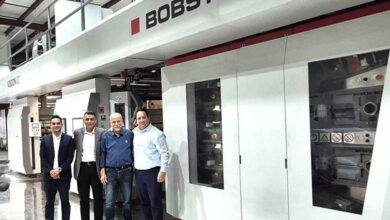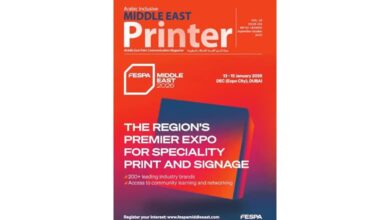Saraya Printing Services Signs For A Xerox 1000 CP
Saraya Printing Services recently placed an order for a Xerox 1000 CP digital press. The machine will be supplied by Xerox’s exclusive distributor in Jordan, Arabian Office Automation Company (AOA). For the first time in Jordan the machine is bundled with Colour Management Intelligence system from CMI.
Laith Irqsusi, Saraya’s Managing Partner says the deal is part of the company’s plan to respond to increasing demand for short run printing as well as print on demand in the country. “According to our research about 80% of print buyers are now looking for limited run print quantities, which does not exceed 1000. We are expanding our digital printing capabilities to meet this growing demand,” comments Irqsusi.
He adds: “We are targeting the short run market. There are about 50000 registered companies in Jordan and their estimated budget for printed marketing materials is around 50 million Jordanian dinars from which we are targeting 2 million.”
So why Xerox? Irqsusi responds, “Xerox technology is unique in many ways and it can deliver offset quality. The cost per page is low and the machine offers a monthly production of up to 1,750,000 copies. You can use a variety of stocks up to 350 gsm. The Clear Ink option is also ideal for creating added value to printed products.”
Diaa Isa, AOA’s Printing Systems Business Manager says that this deal once again shows Xerox’s commitment to provide the right solutions for new and emerging demands in the market. “The digital printing solutions from Xerox are a natural fit for corporate printing requirements.”
Saraya Printing Services is looking forward to become the first fully integrated print service provider in Jordan.





